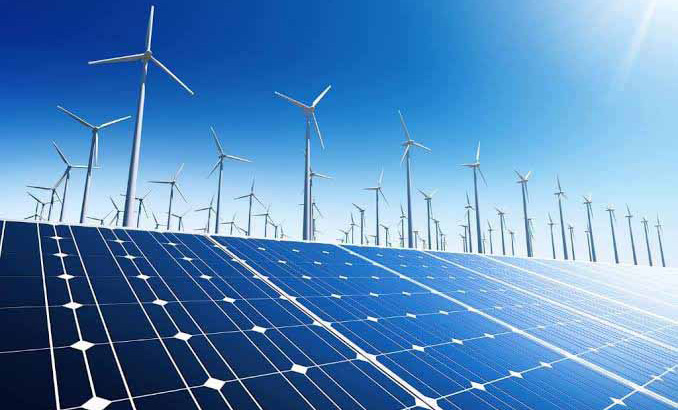LAGOS – The newly released Renewable Energy and Jobs – Annual Review 2024 from the International Renewable Energy Agency (IRENA) and the International Labour Organization (ILO), has stated that the largest ever increase in renewable energy jobs, from 13.7 million in 2022 to 16.2 million
The new report underscores the importance of holistic policies and investment in building a skilled and diverse workforce.
The 18 per cent year-on-year leap, according to the report, reflects the strong growth of renewables generating capacity, together with a continued expansion of equipment manufacturing.
However, a closer look at the report’s data shows an uneven global picture. Close to two-thirds of new global solar and wind capacity installed last year were in China.
China leads with an estimated 7.4 million renewable energy jobs, or 46 per cent of the global total.
The European Union (EU) was next, with 1.8 million jobs, followed by Brazil with 1.56 million jobs and the United States and India with close to one million jobs each.
The strongest impetus continued to come from the rapidly growing solar photovoltaics (PV) sector, which supported 7.2 million jobs globally. Of these, 4.6 million were in China, the dominant PV manufacturer and installer. Enabled by significant Chinese investments, Southeast Asia has emerged as an important export hub of solar PV, creating jobs in the region.
Advertisement
Liquid biofuels had the second-largest number of jobs, followed by hydropower and wind. Brazil topped the biofuels ranks, accounting for one third of the world’s 2.8 million jobs in this sector.
Soaring production put Indonesia in second, with a quarter of global biofuels jobs.
Due to a slowdown in deployment, hydropower became an outlier to the overall growth trend, with the number of direct jobs estimated to have shrunk from 2.5 million in 2022 to 2.3 million. Brazil, China, India, Pakistan and Viet Nam were the largest employers in the industry.
In the wind sector, China and Europe remain dominant. As leaders in turbine manufacturing and installations, they contributed 52 per cent and 21 per cent, respectively, to the global total of 1.5 million jobs.
Despite immense resource potential, Africa continues to receive only a small share of global renewables investment, which translated into a total of 324,000 renewables jobs in 2023. For regions such as Africa that are in urgent need of reliable and sustainable energy – especially in remote areas – decentralized renewable energy (DRE) solutions (stand-alone systems that are not connected to utility grids) present an opportunity to both plug the access gap and generate jobs. Removing barriers for women to start entrepreneurship initiatives in DRE can stimulate the sector, resulting in improved local economies and energy equity.
Acknowledging the high degree of geographic concentration, Francesco La Camera, IRENA Director-General, said, “The story of the energy transition and its socio-economic gains should not be about one or two regions. If we are all to fulfil our collective pledge to triple renewable power capacity by 2030, the world must step up its game and support marginalised regions in addressing barriers impeding their transitions progress. Strengthened international collaboration can mobilise increased finance towards policy support and capacity building in countries that are yet to benefit from renewables job creation.”
To meet the energy transition’s growing demand for diverse skills and talents, policies must support measures in favour of greater workforce diversity and gender equity. Representing 32 per cent of the total renewables workforce, women continue to hold an unequal share, even as the number of jobs keeps rising. It is essential that education and training leads to diverse job opportunities for women, youth, and members of minority and disadvantaged groups.











